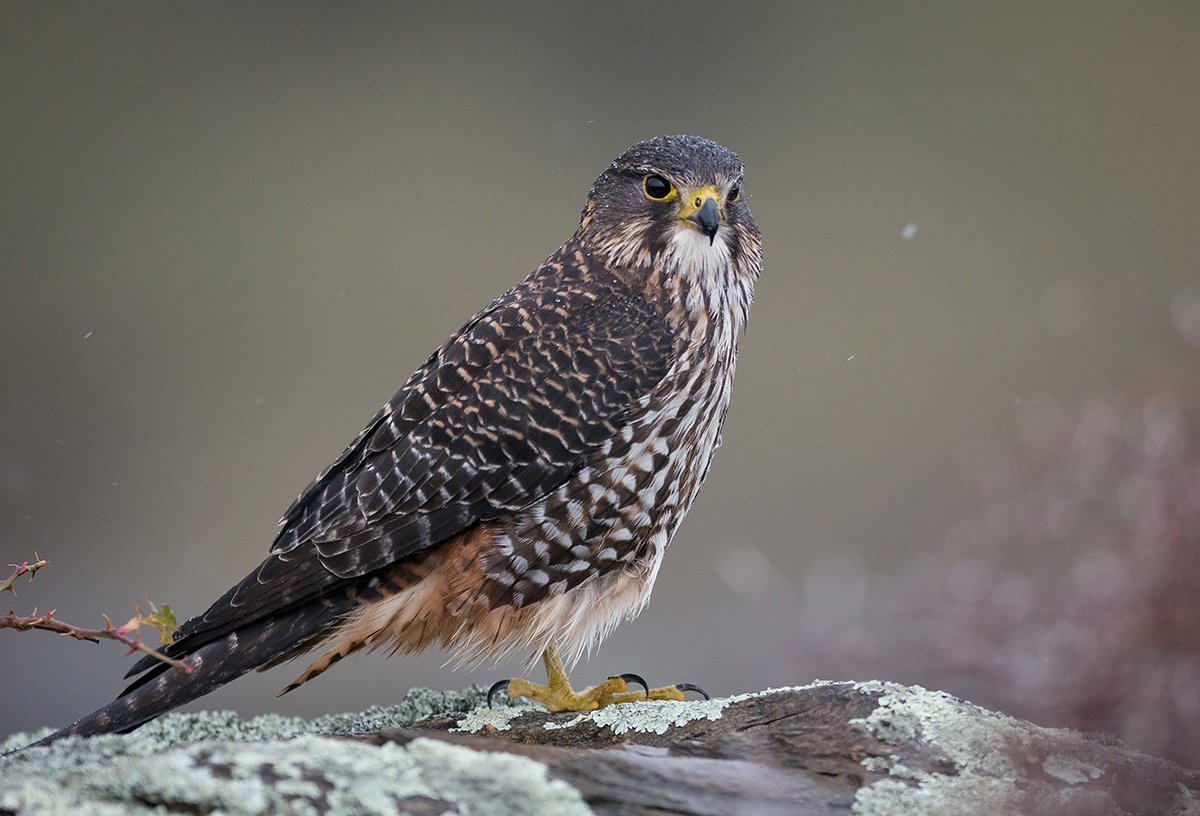
NZ Falcon in Plantation Forest
NZFM contributed to the NZ Falcon Scientific Field Study undertaken by Dr Richard Seaton.
The NZ Falcon study was particularly interesting to the forestry industry as it found that the falcon preferably inhabits forest clear-cut areas, as they provide good nesting sites, a source of food and an open view across the landscape for falcon to identify prey.
Mr Seaton visited Lake Taupo Forest and surveyed clearfelled areas within the forest to establish if any birds were nesting in the area. The results of the research will help NZFM to manage the forests to best protect NZ Falcons where they are present within the forest in the future.
Follow the link below to to identify a NZ Falcon (Karearea)
Key points for distinguishing between a NZ Falcon and an Australasian Harrier
